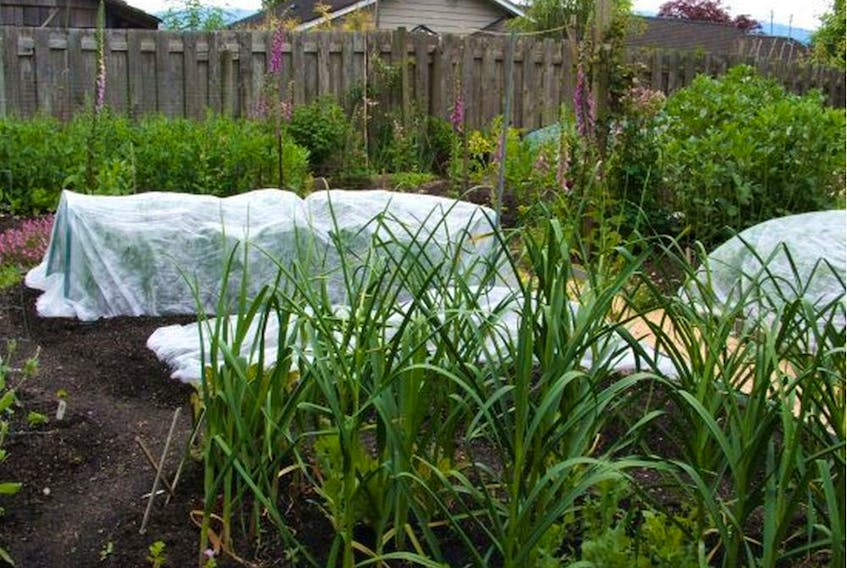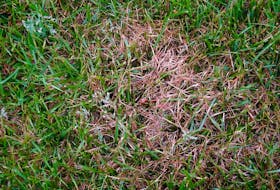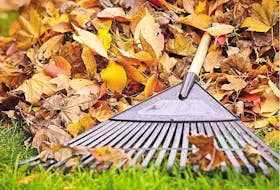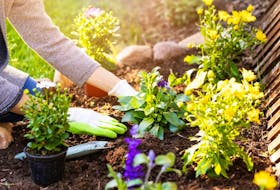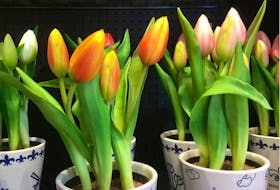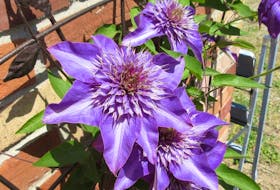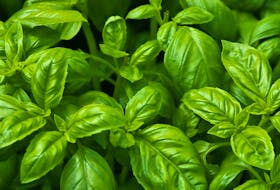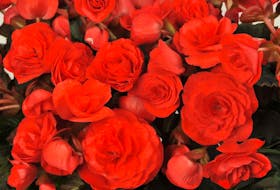Q. What vegetable plantings should be protected from insects with row cover fabric? If you use these covers, when and how do you arrange them over a planting?
A. These lightweight barriers that “float” on the tops of plantings protect carrots from egg laying by the carrot rust fly. They prevent leaf miners from damaging spinach, beets and chard, and they bar access to cabbage butterflies and root maggots, which target cabbage family plants. And since losing a crop of onions to root maggot damage, I cover the onions as well.
I put the covers on as soon as a plot is seeded or transplanted. I plant in 120-cm wide “blocks” of closely spaced plants and secure the cover around the blocks by tucking the edges into the soil or placing boards over the edges. I make sure to buy a cover that is wide enough to leave sufficient slack to accommodate the growing plants. It should be classified as lightweight, and 2.2 metres wide to allow for slack over a 120-cm wide planting.
Q. Last summer, I noticed insects that looked like tiny wasps around the tomato and cucumber plants in my greenhouse. I tried ushering them outside, but stopped after seeing one of them grasping a whitefly. They did not sting, and the whitefly problem was taken care of. Do you know what they were?
A. Your helpful insects were probably parasitic wasps (Encarsia formosa) that lay eggs in immature whiteflies. The eggs hatch into larvae that feed within the developing whiteflies and then emerge as adult wasps. They are sometimes referred to as “whitefly destroyer.”
These beneficial parasites are attracted by the odor of the honeydew excreted by whiteflies. The little wasps are nurtured by flowers rich in nectar, a food source that gives them energy to lay eggs. They are most active, and effective, in warm, bright conditions.
Flowers that attract and feed these insects include sweet alyssum, cilantro, dill, parsley, thyme, mint, rosemary and yarrow.
Copyright Postmedia Network Inc., 2021

